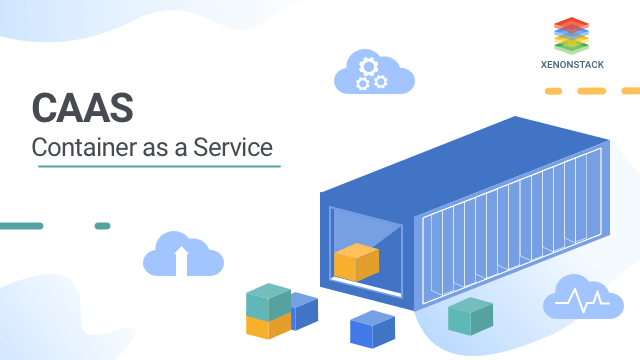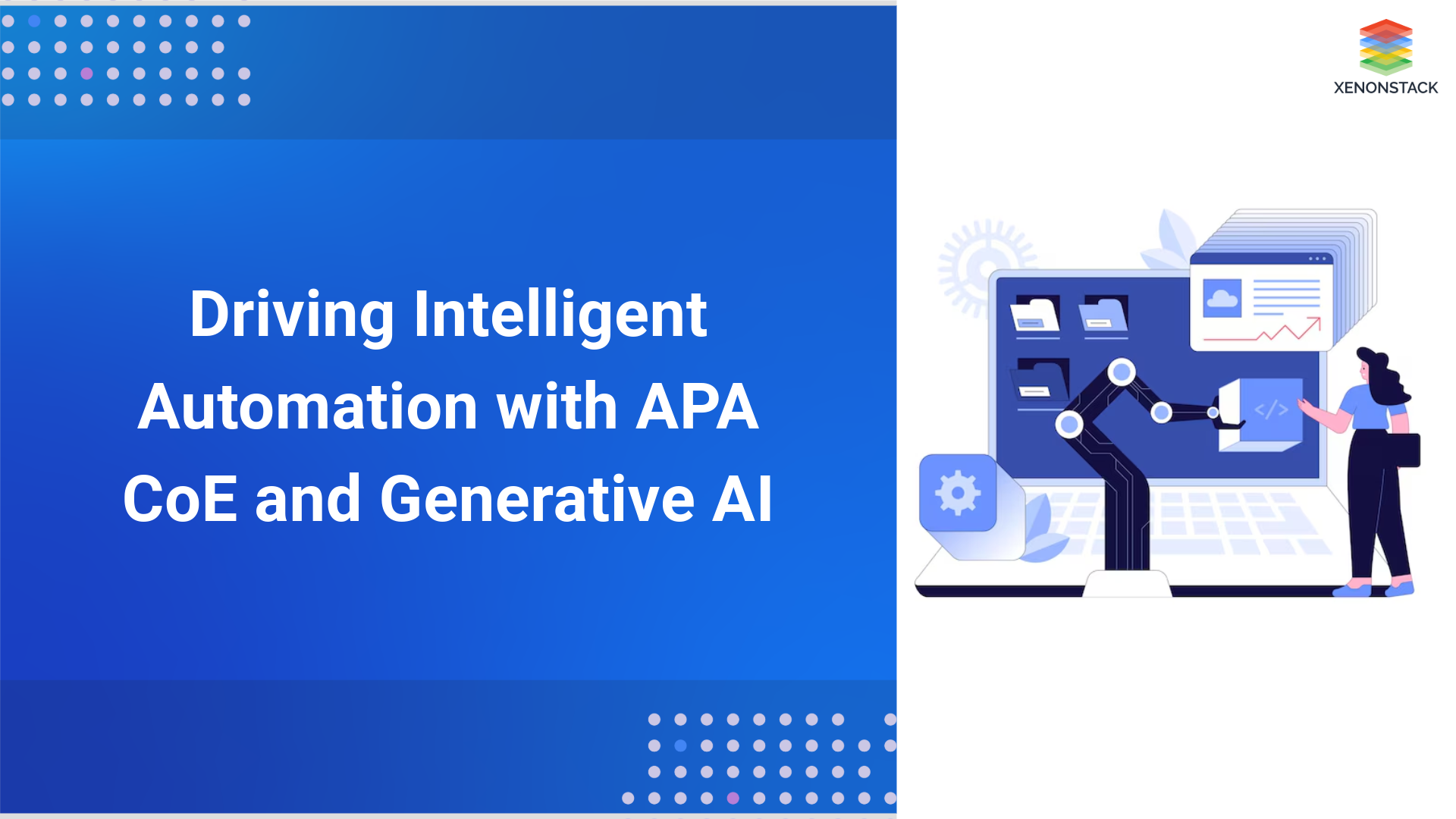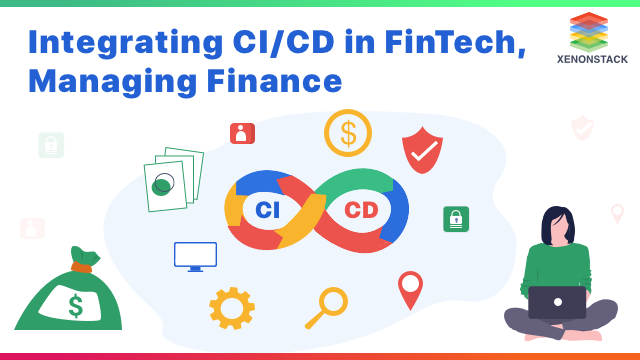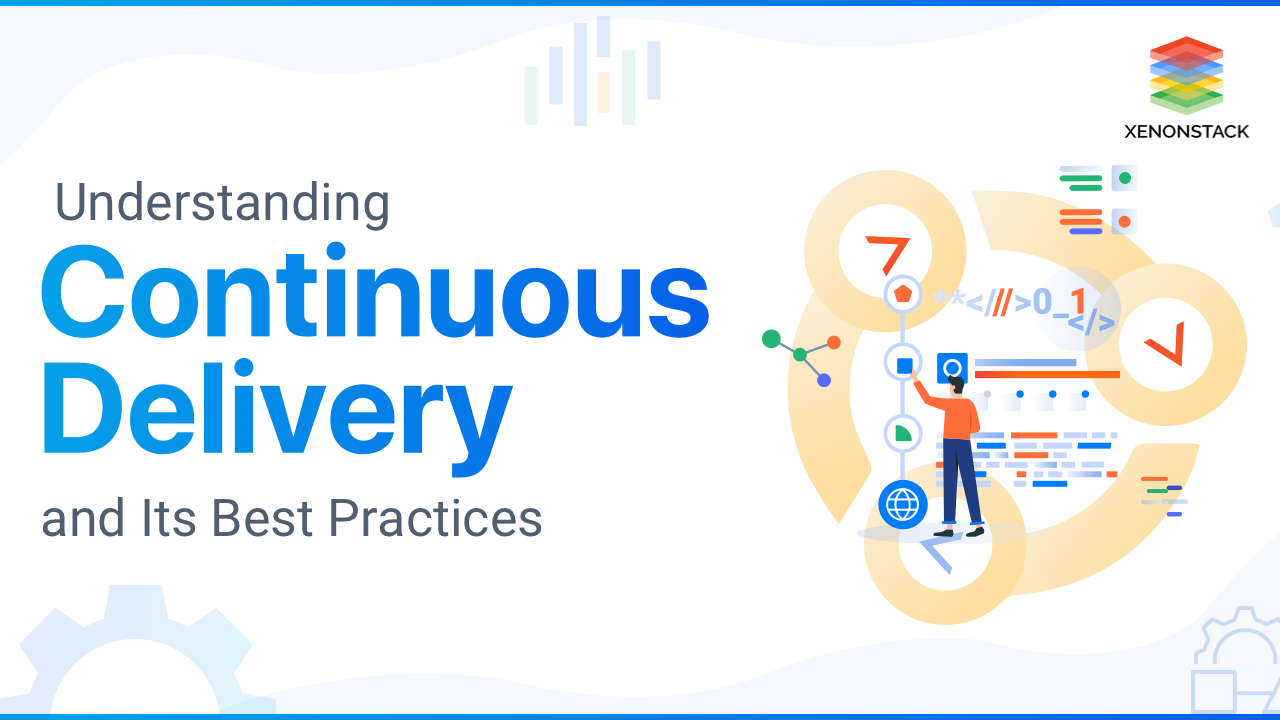
Introduction of CaaS Architecture
In the architecture of PaaS and IaaS, PaaS sits on top of IaaS. As containers have the best technology, new intermediate layer forming seems there. There are two classes of platforms being built: PaaS “powered by Docker,” and Docker coordination. Docker coordination has the potential to be more transformative. Content-as-a-service (CaaS) mainly focuses on managing structured content into feeds in this way other applications and properties can ingest. Containers are a means of operating system Virtualization that allows you to run an application and its dependencies are resource-isolated processes. With Containers as a Service enterprises can:- Enable Better application development.
- Decrease overhead operations
- Applications operating in containers can be deployed quickly to different operating systems.
Collaboration of DevOps with containers provides many advantages to the lifecycle of software development. Click to explore about our, Containerization in DevOps
Why we use Containers as a Service architecture?
- Content management- A CaaS content management system (CMS) allows businesses to update or upgrade app content dynamically. CMS is a set of related programs to create digital content. Publishing Multichannel: To deploy the same content to multiple channels (apps and websites) make it easy by a single content repository rather than create and maintain separate content systems.
- Greater flexibility in UX - Reason of greater UX flexibility because designers are practically free to build any UX and content in a CaaS content management system is separated from display and presentation layers.
- Chatbots and Artificial intelligence - Structured content provided via API is more comfortable to move around for use by chatbots and artificially intelligent agents.
- The proliferation of channel - Every day emerges as new content distributions channels. The need to keep flexible your content and control your content is more important than ever.
- Multiple model options- It allows organizations to move whatever content they need wherever they need it because it will enable keeping content in a single repository.
Who is interested in CaaS?
Developers are more interested in it. In many cases, they are either front-end developers who need to interact with an API or mobile app developers who need a backend to collect content for their apps. Satisfy both of these needs through the CaaS. Business owners are also running into the limitations of a traditional content management system as they increasingly need to push content into multiple channels beyond just websites, social networks, smart devices, and including mobile.Service-Oriented Architecture is helping businesses respond more quickly and more efficiently to changing market conditions. Click to explore about our, Service-Oriented Architecture
What are the advantages of CaaS?
The user uses such as scheduling capabilities, load balancing and computes instances even they pay only for its resources By using CaaS it is more natural to scale up a container. Its services can be secure, responsive, and management of the provider.
Relation of the container with docker: Docker is used for managing containers. Docker is the containerization platform that is used to run containers and create boxes. Containerization handles the containers. The box used the Docker engine in place of Virtualization.
How to Containerization is different than Virtualization?
With the open-source Docker containerization gained prominence, which developed a method to give better portability to containers allowing them to be moved among any system that shares the host OS type without requiring code changes. In Docker container, there are no guest OS library dependencies or environment variables to manage. One of the biggest concerns was how to keep them secure. Until quite recently, Docker containers had to run as a privileged user on the underlying OS, which meant that if essential parts of the box were compromised, root or administrator access could potentially be obtained on the underlying operating system.A chain of connected computers coordinated together to perform a task. Botnets used for both bad and good things. Click to explore about our, Botnet Detection and Prevention Techniques
What are the features of Containers as a Service (CaaS)?
- The content distributed across all channels and Rest-based API
- Metadata defined and move along with the material through API
- Structured formats for returning content through simple queries.
- Disseminated authoring and workflow content administration.
- For universal access, a content repository hosted in the Cloud.
- Triggers that alert customer experience applications, it consumes content to content updates.
- As per prescribed content models, a method of developing content.
How can the CaaS platform enable DevOps success?
- Uniting Teams Through a Shared Understanding, and Shared Platform - For many years, development and operations professionals were focused on the challenges and goals of their teams.
- The Conversation Elevating Between the Two Teams - Many operations teams and developers will admit to spending hours and trying to find out why the application does not do work in the production setting even it work s in the development environments.
- Accelerating Application Delivery - Accelerate application delivery is the main reason for IT teams to adopt DevOps practices. Through agile practices, many development teams have already reduced their cycle times agile practices.
The fusion of digital technology into all industry sides, changing how you use and convey it to customers. Download to explore the potential of Digital Transformation
A Holistic Strategy
A cultural change is needed within an organization for DevOps to be successful, CaaS platform can bridge many gaps between operations and developers.- Learn more about Container Storage Interface (CSI)" Kubernetes"
- Get an insight about Container Security" Framework, Mechanism and Strategy"


